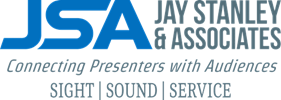Our History: An Arkansas Original | About JSA
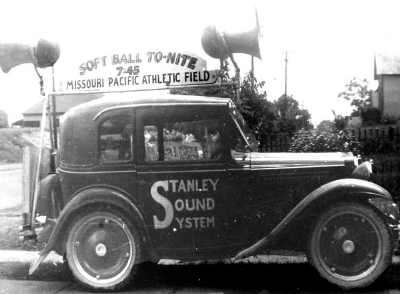
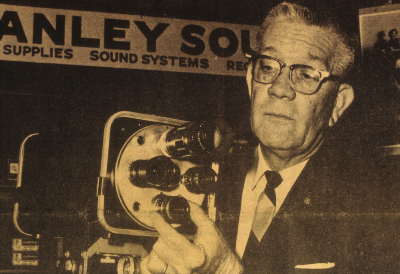
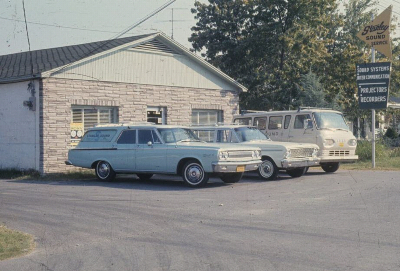
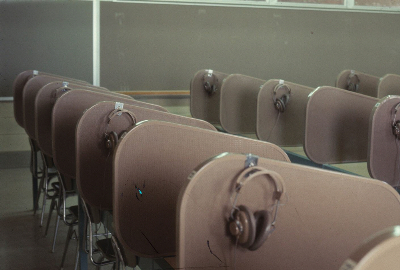
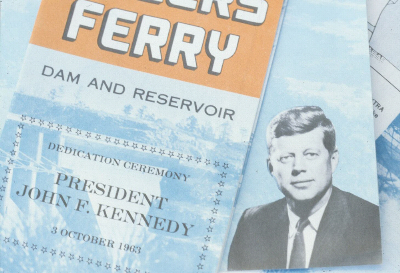
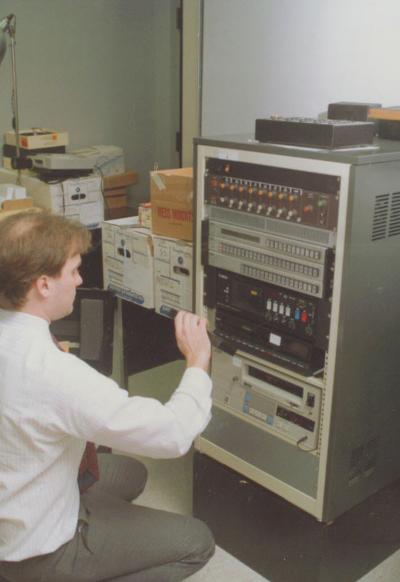
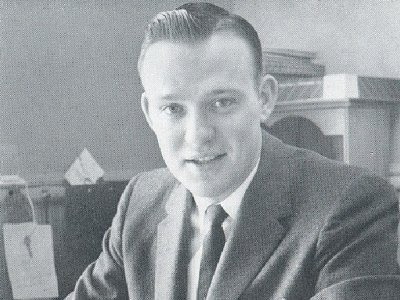
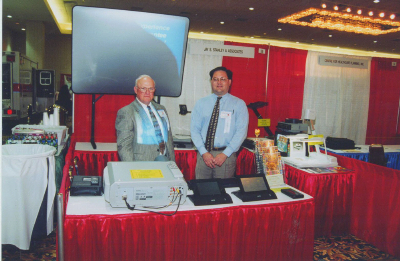
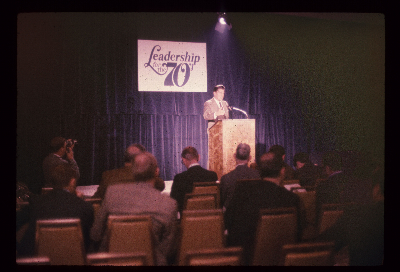
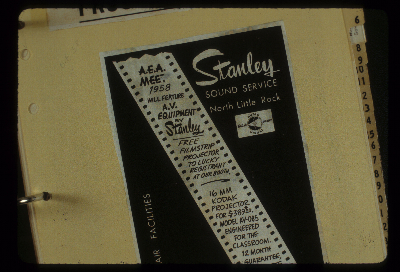
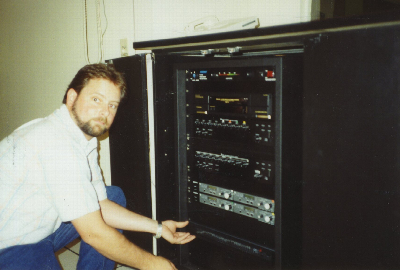
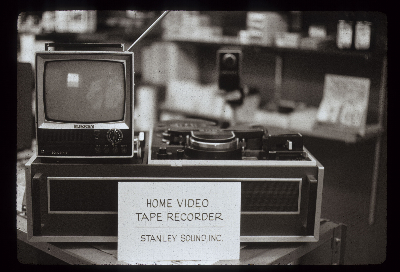
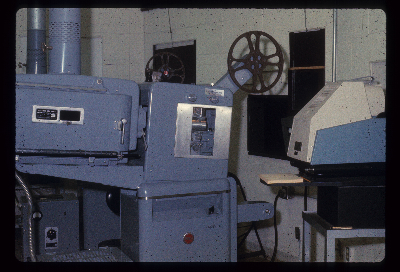

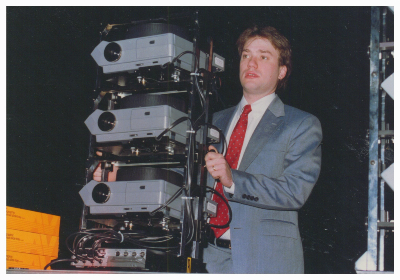
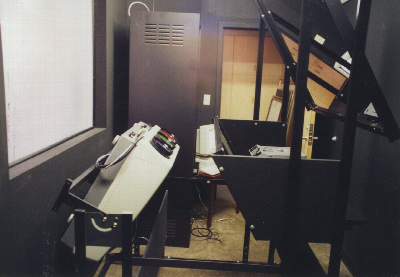
The Prototype
In the 1930s, J. Scottie Stanley founded Stanley Sound Systems. In its earliest days, the company led Arkansas into the golden age of radio, sound systems, and a new invention: talking motion pictures. As new audio and video technologies were introduced, Stanley Sound was the first to introduce them to the people and organizations of Arkansas.
Public address systems, both portable and installed, were a core offering of Stanley Sound during the early days and would remain so for its duration. Among the first customers for installed PA systems were churches and the company's portable systems were used in such places as Ray Winder Field and, perhaps more interestingly, were mounted to cars emblazoned with the Stanley Sound Systems logo. These vehicle-mounted systems were a popular method of mobile advertising during election seasons and greatly simplified set up and take down for short-term events like sports.
The company was involved in early radio technology not just for commercial broadcasting, but also for law enforcement and military installations. Shortwave radio communications systems by Stanley Sound were integral in the coordination of the activities of up to 14,000 workers at the Arkansas Ordnance Plant. Established in 1942 near Jacksonville, the plant produced more than one billion detonators and relays along with hundreds of millions of primers, percussion elements, fuses, and boosters in support of the war effort during its 3-years.
Stanley Sound Systems' endeavors were hardly limited to sound technology. The company provided 16mm and 35mm motion picture projectors as well. Among the earliest clients were traveling tent shows which had begun transitioning from Vaudeville and Wild West shows to moving picture shows during the early 20th century. As these tent shows declined during the great depression, the company began providing film projector technology to the first public theaters.
Opaque projectors and magic lanterns were other popular display devices. These predecessors to document cameras and slide projectors were powerful tools for clients in business and education. Stanley Sound Systems continuously cultivated its position as Arkansas' provider of anything related to sight, sound, and information.
"Mid-Century Modern"
In 1958, the National Defense Education Act was passed. In addition to promoting science education as a defense against communism, the act promoted foreign language skills and education technology. The most popular language instruction method at that time was the Army Method which relied heavily on oral drills in which students repeated words and phrases from audio recordings while their own voices were recorded onto tapes for review. Stanley Sound Systems, having introduced audio recording systems to Arkansas only years earlier, was well positioned to provide this new technology and completed language labs across the state.
Stanley Sound marked another milestone in 1958 when Jay Stanley began working full time with his father. Having shadowed his father for more than a decade in his childhood and adolescence, Jay hit the ground running. The company expanded its rental offerings and continued to look for exciting new products to serve its growing client base. To simplify ever more complex presentation technology, the company begin crafting custom control systems. These push button boxes centralized operation of multiple projectors, recorders, and playback devices.
The company also stayed on the cutting edge of recording technology. In the mid-1960s Stanley Sound Systems began offering video recording devices. These early video tape recorders (VTRs) used magnetic tape technology which meant that film no longer had to be developed before recorded video could be played back. Although they were marketed as consumer models, they were more popular in the corporate and education communities. The starting price for these devices in the mid-1960s was around $700: more than 10% of the average family's annual income and more than $5,000 in today's dollars.
The company's reputation was unmatched in Arkansas. The Stanley Sound name was synonymous with information technology and innovation. In 1963, the company was called on to provide audio services at the dedication of the Greers Ferry Dam where President Kennedy delivered remarks in his last major public address. The company also provided systems atop Petit Jean Mountain for Winthrop Rockefeller and the charitable organizations that he formed.
In 1969, Stanley Sound played a major role in the Republican Governors Association's Semi-Annual conference held at the Arlington Hotel in Hot Springs. The high-profile event was attended by such notables as Spiro Agnew, Winthrop & Nelson Rockefeller, Ronald Reagan, and a slew of figures who would go on to serve in the U.S. Senate, House of Representatives, and the administrations of Presidents Nixon, Ford, and Reagan.
In 1972, after developing a chronic illness, Scottie Stanley sold Stanley Sound Systems to Joe Carlton, co-founder of the multi-million dollar Carlton-Bates Company. Scottie and Jay continued to work for the company under its new name, Stanley Communications. Around this time, a young J. Scott Stanley would begin to tag along with his father and grandfather as they installed church sound systems and intercom systems. Along with learning to install, repair, and service audiovisual equipment, Scott would develop a life-long passion for sound, video, and associated technologies.
A New Start
Jay left Stanley Communications a few years after it was sold so he could work in industrial systems and product sales. During this time he continued to be involved in audiovisual technology, working in the field during his time away from his sales job. In 1978, he returned to presentation technology full time when he incorporated Jay S. Stanley & Associates.
Scott's professional career began in 1980 when he began working at Arkansas Sound. Not yet 20, Scott was already an expert in many aspects of the audiovisual industry. During his 2-years at Arkansas Sound, Scott began to develop his expertise in acoustics. He practically memorized Sound System Engineering, a seminal book by Don & Carolyn Davis that changed the field of audio engineering. After attending a Syn-Aud-Con seminar taught by Mr. Davis, Scott's devotion to physics and acoustics was steadfast. His enthusiasm was infectious and before long several of his friends had joined him in the industry.
In 1982, Scott joined his father at Jay S. Stanley & Associates. Our early work included many of the services provided by Stanley Sound Systems years earlier: sound reinforcement systems, remote control, and slide and overhead projector systems. Similarly, many of the first systems were installed in sanctuaries, chapels, and other worship spaces: the same places Jay had worked (and Scott had tagged along) years before with Stanley Sound Systems.
In the mid-1980s, we began to expand our focus to include microprocessor-based remote control systems, computer graphics, and consulting & design services for building owners and architects. By the end of the decade, audiovisual control systems had become much more powerful and touch screen technology was introduced. This new control technology allowed significant simplification and automation of audio, video, film, and environmental control and created a new niche that has remained at our core to this day. In the meantime, our projector and display technology evolved from film to cathode ray tubes (CRTs). Our work took us into boardrooms, classrooms, and training facilities. We continued to work with many of Arkansas' most well-known and respected institutions, organizations, and agencies.
State of the Art
Our technology services and products pushed us into new markets during the 1990s. We continued to put the most innovative technology at the core of our service offerings. We became one of the first companies in Arkansas to offer video conference technology which had quickly matured due to improvements in public and private network capacity, compression technology, and standardization. Our work with video conference technology took us into new spaces such as distance learning facilities and video conference rooms. Computer graphics and display technologies continued to evolve and the advent of LCD projectors again expanded our customer base in the corporate, medical, government and higher education spheres.
We are proud to say that many of our earliest systems are still in use. We have developed hundreds of customer relationships; many of them going back to our earliest years. We continue to be Arkansas' leader in innovative and reliable audiovisual technology. Today, our systems include the latest advancements such as cloud technology, digital signal processing, and interactive displays. Our goal continues to be the same as it has been since our first day: provide the highest levels of reliability and customer satisfaction by integrating comprehensive solutions that connect presenters with audiences.

